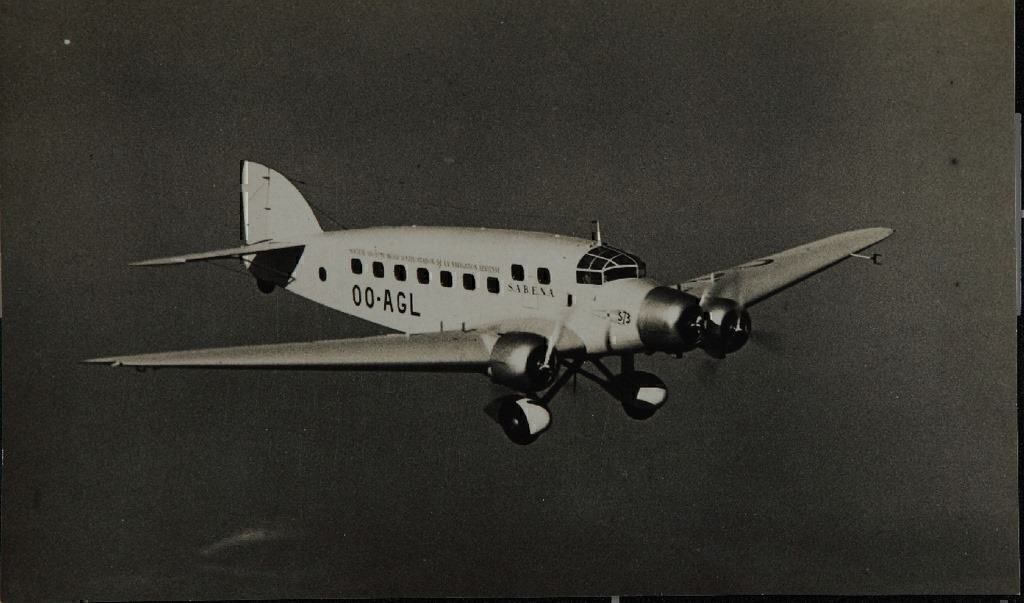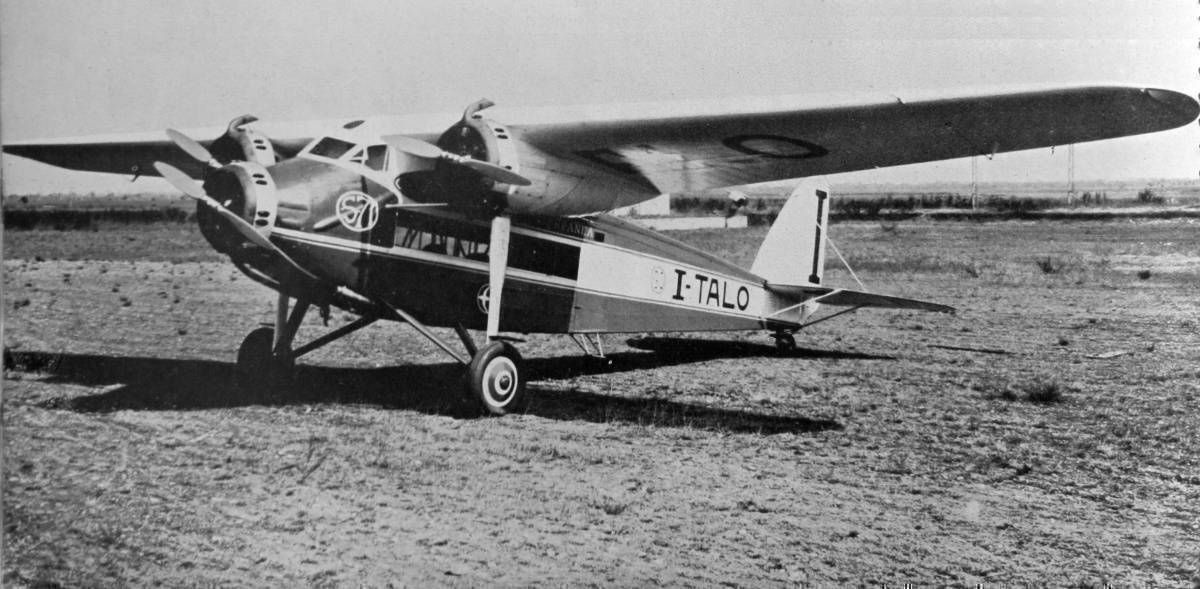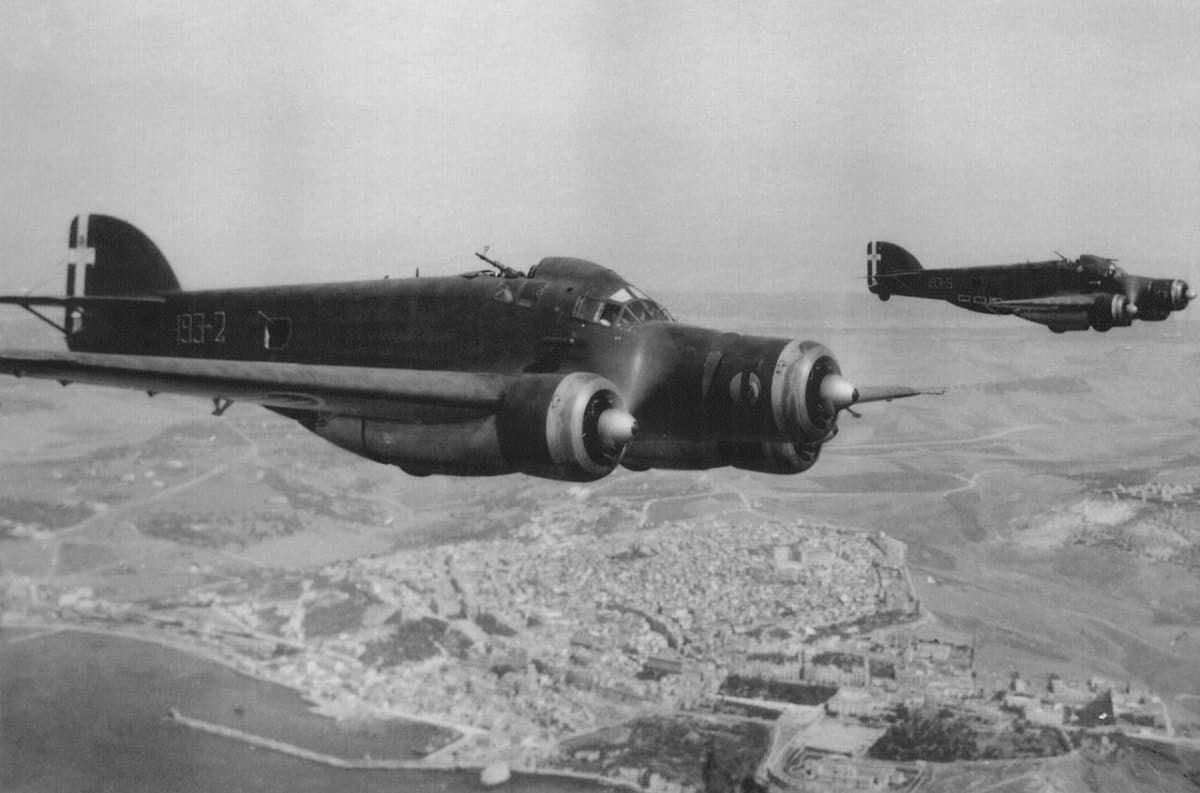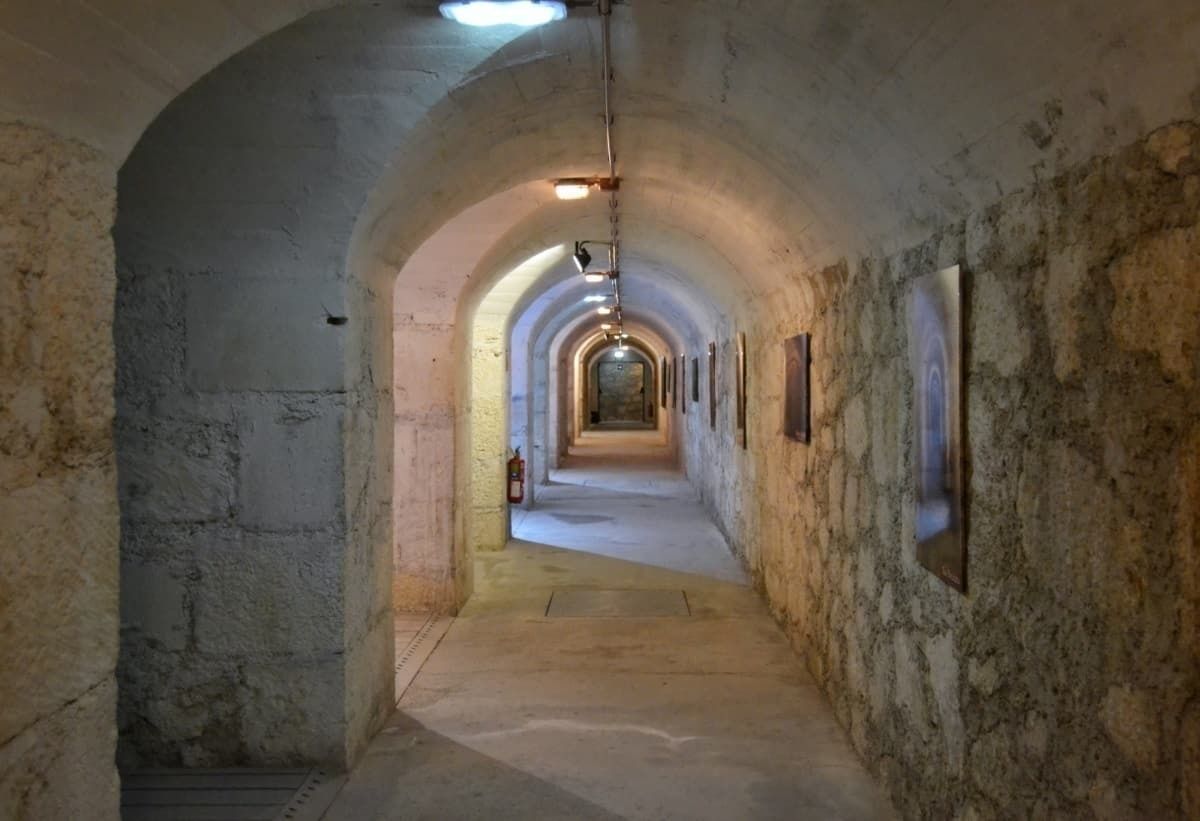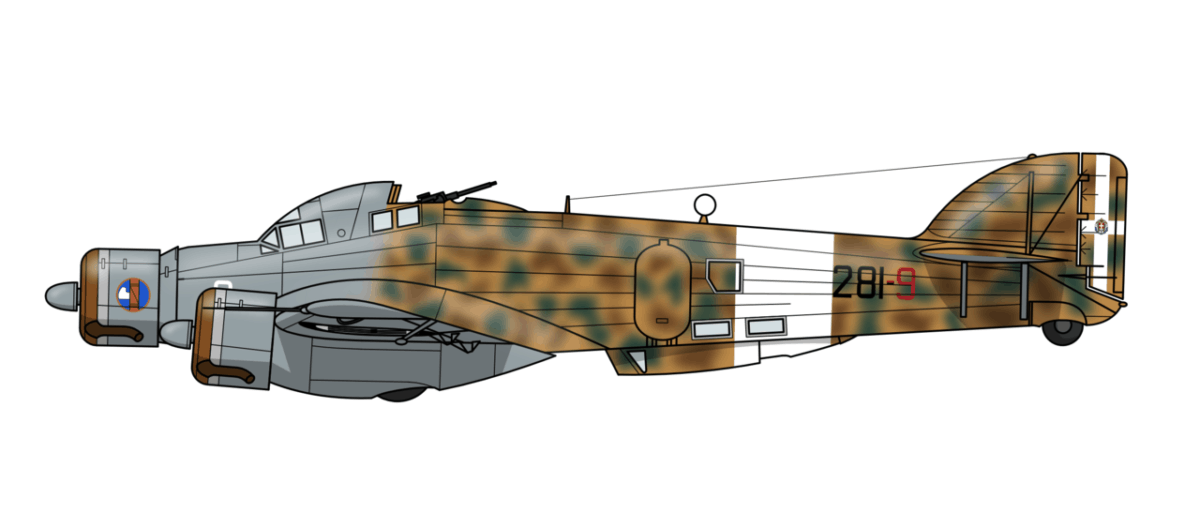Long before World War II, Italian aircraft manufacturer Savoia-Marchetti was busy breaking speed records with its seaplanes and flying boats. In the 1930s, while still focused on setting records for flight as was the craze back then, lead aeronautical engineer Alessandro Marchetti wanted to build a plane that could compete in the London to Melbourne Air Race.
Using the 18-passenger Savoia-Marchetti S.73 Airliner and the eight-passenger Savoia-Marchetti S.71 as inspiration, Marchetti came up with the SP.79, a cantilever low-wing three-engined monoplane powered by three 610-hp Piaggio engines. Yes, that's right, the very same company that went on post-war to produce the iconic Vespa scooter.
The SP.79 was very fast
Capable of flying at 410 kph (255mph), the SP.79P was one of the fastest planes of its day. It established 26 separate world records between 1937 and 1939. With the aircraft making headlines for its performance, it was not long before Italy's government and its leader Benito Mussolini saw the plane's military potential as a medium-range bomber.
Now called the Savoia-Marchetti SM.79 Sparviero (Sparrowhawk), the plane received more powerful Alfa Romeo 128 engines. It also had an extended cockpit with a bulging top that earned it the nickname "Gobbo Maledetto" (damned hunchback). The aircraft was also fitted with five machine guns and capable of dropping bombs. What was once supposed to be a fast passenger plane was now ready for warfare.
The Spanish Civil War
Germany's Adolf Hitler and Italy's Benito Mussolini both sided with Facist leader General Francisco Franco during the Spanish Civil War (1936 to 1939). The leaders saw the conflict as an opportunity to test their Air Forces in combat.
The SP.79 was delivered to the Aviazione Legionaria. This was a unit of the Italian Air Force sent to assist Franco in the Spanish Civil War. Based near Palma in Mallorca, the Falchi delle Baleari (Balearic Falcons), as they called themselves, were used to terrorize Spain's Republican-held areas.
Many people know about the bombing of Guernica in 1937 by Germany's Condor Legion. However, several probably did not realize that three Savoia-Marchetti SM.79s of the Corpo Truppe Volontarie also took part.
The bombing of Alicante
A year later, on May 25, 1938, the Italians and their SM.79s took off from their base in Mallorca to attack Alicante, a city on Spain's southeastern Mediterranean coast. Rather than attack military targets or ships in the city's port, the raid was designed to maximize civilian casualties and to demoralize Republican morale.
Timing the air raid to coincide with the city's market day, the Italian Air force used nine SM.79s to kill as many as 500 civilians in what would become the deadliest aerial attack of the Civil War.
The Savoia-Marchetti SM.79 proved itself in combat as a capable bomber able to evade enemy fighters because of its speed. It then became the backbone of the Italian Air Force in the lead up to World War II. By the time Italy entered the war in June 1940, Savoia-Marchetti had built around 600 SM.79s, including a torpedo-carrying variant for the Italian Military.
The aircraft in World War II
The SM.79 was deployed throughout the Mediterranean with bases in Sardinia, Sicily, and Libya. It always in action against merchant shipping and British naval forces between 1940 and 1943. The SM.79 played a pivotal role during Germany's invasion of Greece, the parachute assault on the island of Crete, and the siege of Malta.
The aircraft also took part in the battle of El Alamein. It provided tactical bomber support for Field Marshal Erwin Rommel's Afrika Korps.
The SM.79 gets fitted for torpedoes
The plane became even more feared after being fitted with the capability to carry and launch torpedos. While it limited the plane's previous speed advantage to just 322kph (200mph), the Sparvieri soon became the Allied shipping curse.
Generally, timing their attacks to take place at dawn or dusk, pilots would make a low approach towards their target. They hoped that by the time they were spotted, it would be too late for the enemy to respond. During the first year of the war, the torpedo bombers would generally act alone, flying single sorties with one target in mind.
Progressions of the war
As the war developed, the Italians learned that by attacking in numbers alongside Macchi C.200 fighters would prove to be more productive. The lead aircraft flown by the flight commander would always target his torpedo on the most significant naval vessel while other planes were free to target both naval and merchant ships.
The Italian Airforce launched its first significant offensive targeting British ships in the Port of Alexandria, Egypt, on August 5, 1940. However, it proved to be a failure due to the Sparviero's five-hour range and the pilot's inexperience in launching torpedos.
Nevertheless, much was learned from the attack. The experience was put to use on September 17th. This was when the heavy cruiser HMS Kent was damaged during the British siege of the Italian held fortress of Bardia in Libya.
The SM.79 proved itself during Malta's siege, inflicting severe damage on shipping. Malta was also the first ariel engagement where the Sparvieri proved to be no match for the Hawker Hurricanes defending the island losing 23 aircraft.
Things took a tough turn after Rommel's defeat following the battle of El Alamein in October 1942. This was when the Allies gained the upper hand in the fight for the Mediterranean. Still, the Italians continued to use the SM.79 to prevent an invasion of Italy.
After Scilly, Italy was looking to end the war
Fortunes were at a low ebb in the Italian ranks. Therefore, the men who flew the Sparvieri carried on the fight with their swansong being an attack on Gibraltar. In June 1943, two of nine SM.79s managed to penetrate the British garrison defensives and sink merchant ships in the harbor.
By now, the SM.79 had lost its earlier advantages over Allied aircraft. It was having trouble being resupplied with spare parts yet kept fighting until the very end.
Following Sicily's invasion and the subsequent landings on the mainland, the Italians realized the war was lost. Now thoroughly demoralized and fed up with warfare, Italy signed an armistice with the Allies on September 3, 1943, and made it public on September 8.
In total 1,300 Savoia-Marchetti, SM.79 Sparviero's were built and remained in service with the Italian Air force until 1943.
What are your thoughts of the SM.79 Sparviero? Do you know of any other stories with the aircraft? Let us know what you think in the comment section.

